CRN Exclusive: HP Mobility VP Sounds Off On Elite x3, Microsoft Windows 10, Salesforce.com And The Big Channel Risk

Major Channel Opportunity
Michael Park, the vice president and general manager of HP Inc.'s Mobility group, spoke with CRN about HP's aggressive charge to shatter current smartphone limitations with the new Windows 10 -based Elite x3 handheld device.
The Elite x3, which was launched at Mobile World Congress in Barcelona, for the first time provides commercial customers with everything they need on a single handheld product – including Windows legacy applications - eliminating the need once and for all to switch off between smartphone, laptop and desktop.
Park, who is focused squarely on the commercial market opportunity with partners, sees a massive partner opportunity around modernizing an estimated 122,000 Windows legacy applications for a mobility centric world.
"Commercial mobility is about transforming the way customers are doing their work from a PC productivity centric environment to a mobility product centric environment," said Park. "And to do that you need to think about the apps, the devices and the services." Here is an excerpt from the discussion with Park on what partners are calling a mobility game-changer for the channel.
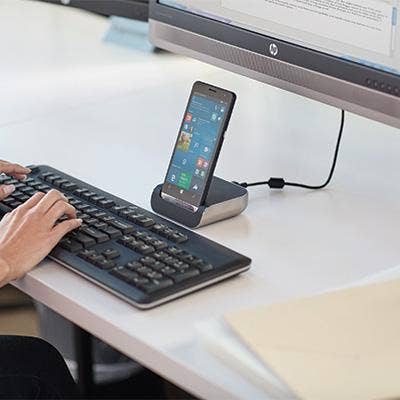
Talk about the partner opportunity that comes with Windows 10 Continuum on the Elite x3.
With Windows 10 and Continuum on the Elite x3 you have the same operating system that is running on the PC, xBox and Surface Hub. So on one OS you can create a seamless experience.
In the business world, all these apps for 20 years have been built on Windows.net on PCs. The problem is how do you bring all those apps to a mobile device. That challenge has largely been solved by the way we have thought about the Elite x3.
When you go to the desktop dock and plug this in, you can go to desktop mode, reach back through a VPN connection to the data center, and pull your virtualized apps forward and have a full desktop computing experience. When you lift it out you have full-fledged phablet experience. When you are on an airplane you can pull out the Mobile Extender [and create a laptop experience] by pairing it wirelessly or with a USB cable.
The benefit to the end user is seamless in terms of not having to have multiple OSes. It is one seamless experience and one set of hardware. For the IT guys it is one thing to manage.
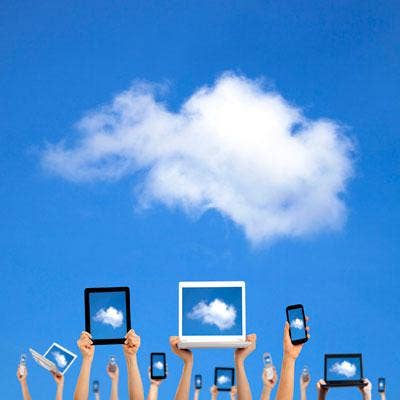
How does the Elite x3 impact the BYOD trend in corporate America?
Philosophically, what we believe is the BYOD trend has already happened. The reason it happened is there weren't tools like this coming from IT to support the end-user's need for mobility. As a result the end-user's mobile phones came into the enterprise. What those end-user phones do today is they authenticate to Exchange or Active Directory to get access to email. But if you want to get access to mission-critical apps that is not MDM (Mobile Device Management). That is a heavier lift.
What we are proposing with this solution instead of BYOD (Bring Your Own Device) is more CYOD (Choose Your Own Device). This solution is actually bought by IT and delivered to the end users. And the assets are actually owned and delivered by IT. The services for how to buy this, on-board it and integrate and activate the apps is all services opportunity that we are going to need partners to drive in the formation of this new category.
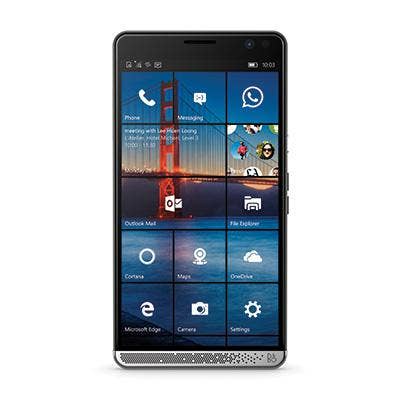
Talk about the opportunity for partners with the Elite x3.
The opportunity is going to be more difficult for partners to see up front immediately. Partners are used to doing things a certain way. What we are providing is a completely new paradigm that is an adjacency to the PC business. It is even an adjacency to a standard mobile phone business.
When you change a market landscape like this, new opportunities for how to integrate and on-board those things emerge. We think there is a tremendous opportunity.
When you deploy this you need cloud services. You need to know about mobility. You need to sell devices and you need to be there to support a customer.
The HP model has always been to try to drive the best innovation we can and then bring the ecosystem around us to complete that job.

Talk about why you decided to ship the product at the end of the summer.
The reason we are doing that is so we can do beta customers, recruitment of ISVs and prototyping work so that when we ship the product we have playbooks written that can help partners and customers figure out how to turn this into reality.

Does this break the VMware Citrix VDI model?
It is actually leveraging the work that is already being done by the partner ecosystem with those technologies. Those technologies are largely not on the end points. They are technologies being used to create app virtualization in the data center. This is just a way to pull those apps.
The user experience for VDI requires you to go through a web browser. For a mobile device, it is almost impossible to use. If you are trying to pull a full desktop into a mobile device, it doesn't work well.

Talk about how this will be sold by partners versus the traditional carrier-centric sales model.
We are not going to drop this into carrier channels and subsidize it and sell it through consumer retail. This product set is reserved exclusively for our commercial channel.
We will have some carrier certifications that we do, but it is largely an open-market phone. So anybody can take it and stick a SIM card in it and it will pretty much work.
Resellers will see this as interesting because they can actually drive their own attach-services on this if they want to sell data plans on it. We are not forcing them down any route.
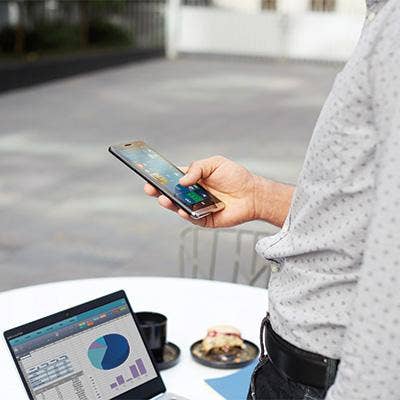
Talk about the ISV effort around the Elite x3.
Whether you are a large enterprise or an SMB, when you look at the ISV ecosystem there is a long, long tail that is largely vertical and largely local. In a large sense the reselling channel has no good relationships with those ISVs.
This in my opinion creates an opportunity to bring the resellers together with ISVs in a way that both can monetize on the platform to go drive mobility app transformation for commercial customers. In a true sense of the word, what we have created is a new category of mobility that is commercial specific, that is going to help drive a services business around this.
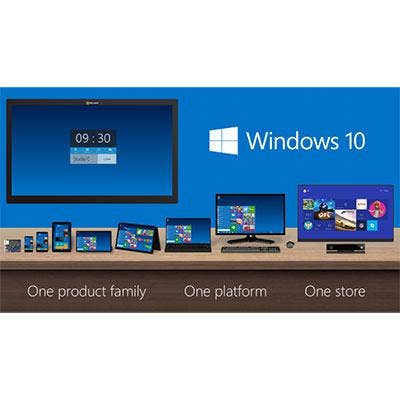
What is the total cost of ownership opportunity for commercial customers with Windows 10 Continuum universal apps?
The total cost of ownership of a multi-OS world is high. The reality is IT didn't really have options because Windows was late to the mobility game. So people went with Android and iOS. People are now learning Android has some security issues.
With iOS the end-user preference in the executive ranks is driving that and IT is being forced to write apps as a result. When you do that, you are operating inside of an iOS environment fully and you have to integrate that into a Windows environment. That is added expense as well.
We think the time is right for this Windows Universal App bet because everyone is moving over the next few years to Windows 10 and the kernel for Windows 10 on the desktop is the same kernel that is on this phone. When you rewrite apps to the universal app, the economic benefit to the CIO is the cost of managing and maintaining all those apps.

Talk about the security of the Elite x3.
There are three layers of security the customer will benefit from. Number one is the Qualcomm TrustZone. Qualcomm has a security model that is running on the silicon that is called TrustZone. It allows you to put sensitive information against that zone in a highly secure way. It is in the silicon. It is very difficult to hack.
We added our own security certification. We have dual biometrics, the iris – the infrared scanner for your eyeball - and we will also have the fingerprint reader activated. We did a joint collaboration with Microsoft to put the fingerprint reader into the Windows OS, which is currently not in there.
We have all the security certifications too – the FIPS (Federal Information Process Standards) 140-2, for example and other security certifications required for you to operate in certain domains.

What is the channel services opportunity around the Elite x3?
To deliver this in the right way you have to be able to deliver services and app transformation capabilities around this. Otherwise you are just selling the box and somebody else is going to come in and drive the service. For those VARs that want to make a transition from just selling boxes to becoming a solution provider by either partnering with app service providers or building their own app services, this platform will allow them to have that dialogue with a customer around a very, very relevant pain point in the market today. The customer pain is how do I deal with app transformation with all the apps from PCs that are coming to a mobile world. Securing all this stuff takes work, effort and cost. With the right kind of solution a partner can help the customer implement a more secure mobile environment than just the BYOD stuff.
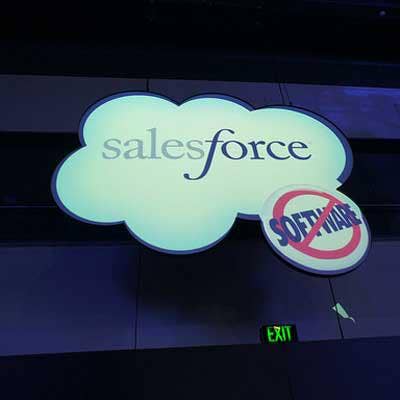
Talk about the Salesforce.com partnership.
What we are doing is bringing a system together with Microsoft for the Salesforce app to create a unique, even better Salesforce productivity experience.
Salesforce.com sees this and is building a Windows Universal App that will flex out on different screens. The HP brand name in enterprise opens the door to customers. We have the commercial go to market channels.
They are the number one vendor in CRM. We are the number one vendor in commercial PCs. Microsoft is the number one vendor in the OS platform with office productivity. It made natural sense to combine given how mobile CRM workers will converge on this. It is part of our dedicated effort of recruiting and partnering with ISVs like Salesforce.com who will build apps on this to create a unified experience across the application, the OS and the hardware that partners can then go integrate and wrap services around.

What is the biggest risk with introducing the Elite x3?
The biggest risk we have is the channel looks at this and says – 'Oh it is a phone.' It is not a phone. It is a completely new paradigm of computing. It is next-gen computing that is mobile centric. We think this is such a game-changer.
What does the channel have to understand if they want to be successful with the Elite x3?
For years and years the productivity device has been the PC in work. The other side is Microsoft didn't have mobility tools at the right point in time. Apple and Android took market share and are market leaders in mobility. But as mobility as we know it comes into enterprise via BYOD, it is not a perfect fit and PC productivity is not mobile enough. So the two are colliding.
The only thing that is going to create a new model is a generation of computing that can create a seamless productivity experience in a mobile world - whether you are working from a phablet, notebook or docking your phablet into a desktop experience. It takes a little bit of time for people to get their head around that. Once you get your head around it you realize the real opportunity is how you transform apps and services into that. That is going to be a megatrend.
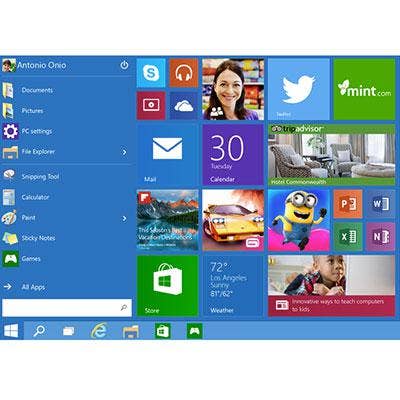
How many Windows apps have never been available on a mobile device?
By our measure there are 122,000 commercial ISVs in the world that haven't made the transformation fully to mobility. The way they are doing it today is they are either virtualizing their existing app into VDI or they are writing a browser-based app. A native client app is a much richer experience to the end user.
We believe with Windows 10 Microsoft now has the opportunity through universal apps to create a whole new generation of applications that are mobile-centric and this (Elite x3) device is going to be the catcher of those apps bringing new forms of productivity to end users.
What is the potential impact of the Elite x3 with regard to the evolution of the channel?
This Elite x3 gives the traditional PC ecosystem a path to mobility that they can ride with HP and Microsoft because of the hardware we are building and the joint collaboration with Microsoft around Continuum and Windows Universal apps around Windows 10.
The current resellers have one big play in PCs right now: Refreshing to Windows 10 and as they refresh to Windows 10 the next play should be to drive the apps that need to be mobilized from Windows 10 to Windows 10 mobile. We are giving them the hardware platform, the virtual apps catalog, Continuum and Windows Universal Apps. If partners want to continue to grow they have to continue to drive their core business while they grow into commercial mobility.
Commercial mobility is not about selling more iPhones or selling more devices. Commercial mobility is about transforming the way customers are doing their work from a PC productivity centric environment to a mobility product centric environment. And to do that you need to think about the apps, the devices and the services.
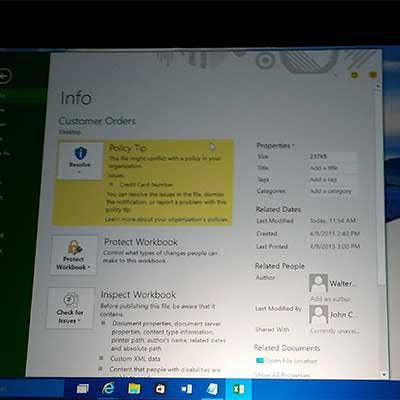
Talk about the importance of Microsoft Active Directory with this product.
Active Directory is the heart of how commercial companies keep track of their employees, authenticate when they come into the system. Azure AD lets them in or doesn't let them in. Almost all companies use that as a backbone for how they authenticate users, define roles and protect users with the right apps and the right data.
Windows 10 Continuum and Windows Universal Apps on mobile is leveraging all the investments of the backoffice of Microsoft. There is no additional work required. When you turn it on it just works. The value proposition to the customer and partners is high. Most partners know how to use that given that they have been working in a Windows world.
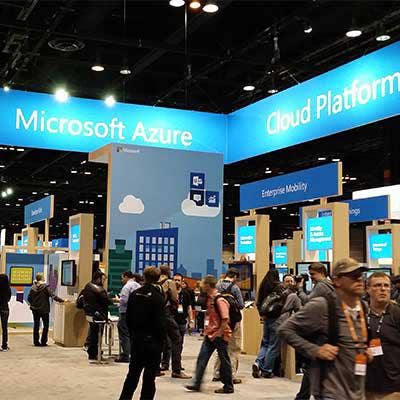
How important is the Azure cloud connection to this product?
In the new world the app will be optimized to the device and the importance of Continuum is that app can run across any device. That is the beauty of Continuum. But the data can be up in the Azure cloud such that any device can get to the data. That is the next generation of computing. It hooks to the back end. And the beauty of Azure is it has been built in parallel or in persistence to Windows Server. So one side of Azure is the cloud and the other side is Windows Server. So all that Windows Server stuff that enterprises have used in the data center Azure now connects to and can move information from the backend on-premise data centers inside a company's four walls so it can be moved seamlessly out to the cloud and back. People don't understand how powerful that is yet. But over time they will.
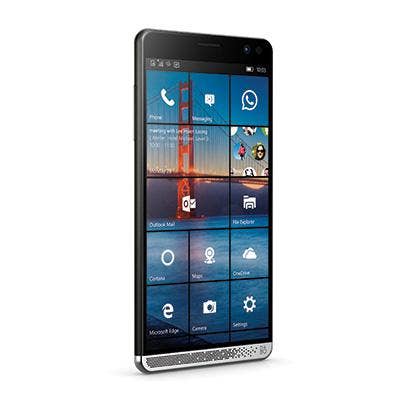
How important is the ability to write the app once and run it anywhere with Universal App?
The beauty of what we are talking about is, you only have to worry about writing the app once. In the old world, you had to write an app to a mobile device, maybe on iOS or Android, and I would have to write an app to a Tablet and I would have to write an app to a PC. That is what is huge about this. That is going to change the whole commercial market. That is why I continue to be convinced commercial mobility is the single largest business opportunity in commercial today and it will continue to be.
A lot of people don't get that because they are transactional because they want to sell phones.

What is your call to action for partners?
I want every PC reseller in the world to just go have a customer dialog about how they are thinking about mobility beyond BYOD. We all know mobility is more than just bring-your-own-device.
I would bet you half the customers would start engaging in a dialogue that says: "Here is my problem? How can you help me?" I want the channel to take action and ask: "Have you thought about what the next generation of mobility looks like for your business?"
This is the first device being built from the ground up, by design, for Windows Universal App for commercial business.

If you are successful with this next generation paradigm play with Elite x3, what will the mobile world look like in three years?
This play, in my opinion, is of the same significance as when client-server disrupted mainframe computing. This is the same kind of tectonic shift that is happening. Client-server computing today is largely the legacy of 32-bit computing. And all of that is about to move because everyone is working in a mobile world. Thirty-two-bit computing on a PC will continue to be there, but the net-new growth is all going to come from mobility.